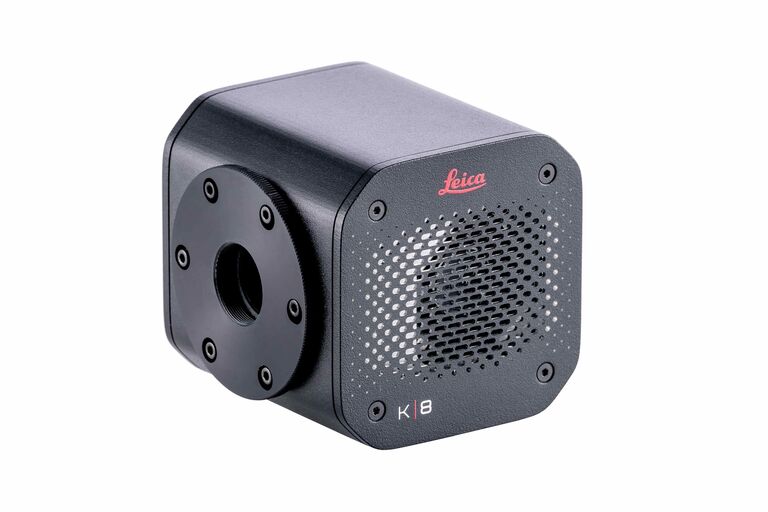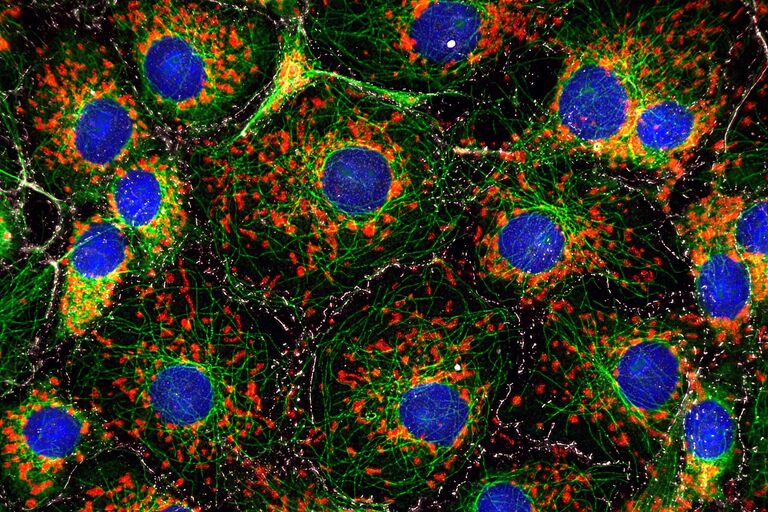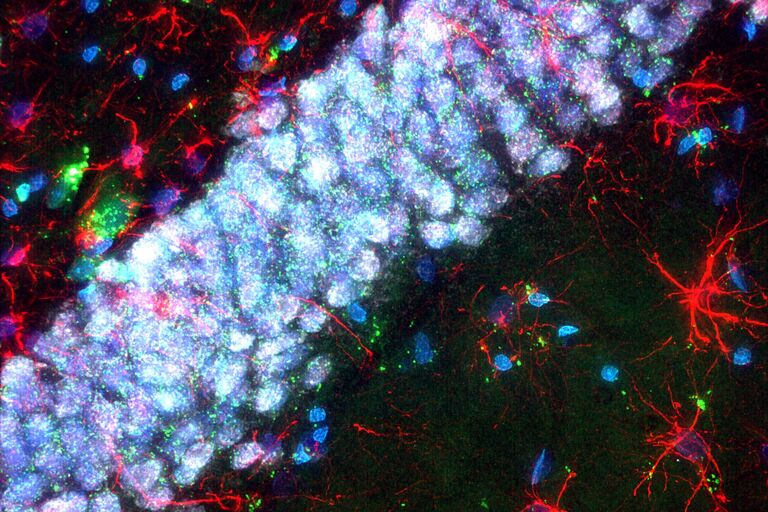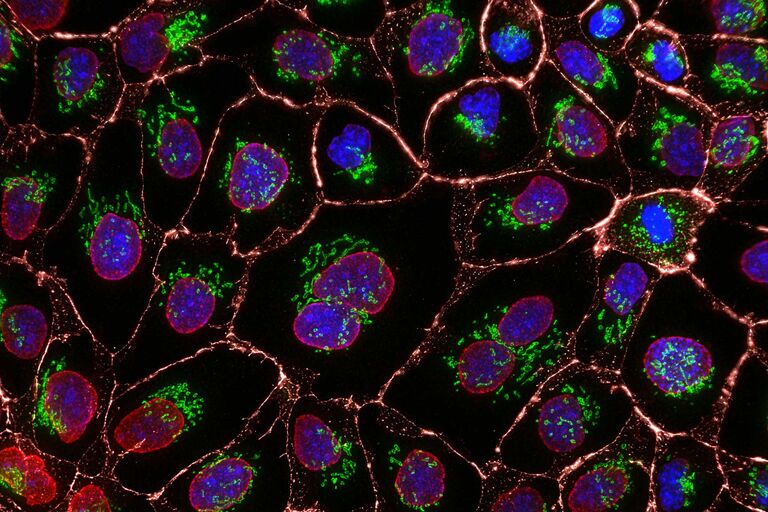K8 Scientific CMOS Camera
For Life Science Imaging Applications and Analysis
The K8 Scientific CMOS microscope camera offers a cutting-edge solution for the most challenging live-cell experiments. In an environment where sensitivity is everything, the K8 camera helps you capture more data* from your sample, thanks to a 95% quantum efficiency (QE) back-thinned CMOS sensor.
The K8 allows you to capture razor-sharp THUNDER images even in extreme low light imaging conditions, helping you to realize the full potential of your system. The K8 camera’s combination of extremely low read noise, minimal sensor artifacts and high QE allows you to extract quantifiable data from your sample while exposing it to the minimum of phototoxicity.
Gain the confidence to push the limits of your experiments with cutting edge sensor technology. Whether you need to capture stunning high-resolution images, carry out extreme low-light tracking of subcellular organelles or image high-speed cellular processes, the K8 can handle a wide range of challenging applications.
Capture more data* from your sample
Live cells respond by activating stress pathways when they are exposed to the high-intensity light that is typically used for fluorescent imaging.
The K8 camera’s increased camera sensitivity makes it possible to use lower light doses* to capture images, thus improving cell viability and allowing you to extract meaningful data from your sample for longer.
The K8 camera’s market-leading 95% QE sensor offers exceptional photon detection, allowing you to push your experiment further.
*Than achievable with legacy 80% QE CMOS cameras.
Razor-sharp THUNDER images even in extreme low light conditions
Unlike fixed samples, where users typically need to take a single image of a sample stained with photo stable dyes, live-cell imaging experiments require hundreds or even thousands of images of a photo sensitive sample to acquire a time lapse sequence. In order to get relevant results, it often becomes necessary to use much shorter exposures and lower excitation intensities to prevent photo damaging the sample, resulting in low signal to noise ratio (SNR) images.
The less light you work with on your samples, the lower the SNRs, and this is when the K8 camera truly displays its cutting-edge power, delivering razor sharp images even in extreme low light conditions. The K8 camera empowers your research through computationally enhanced THUNDER images with reduced artefacts at even lower light levels than previously possible.
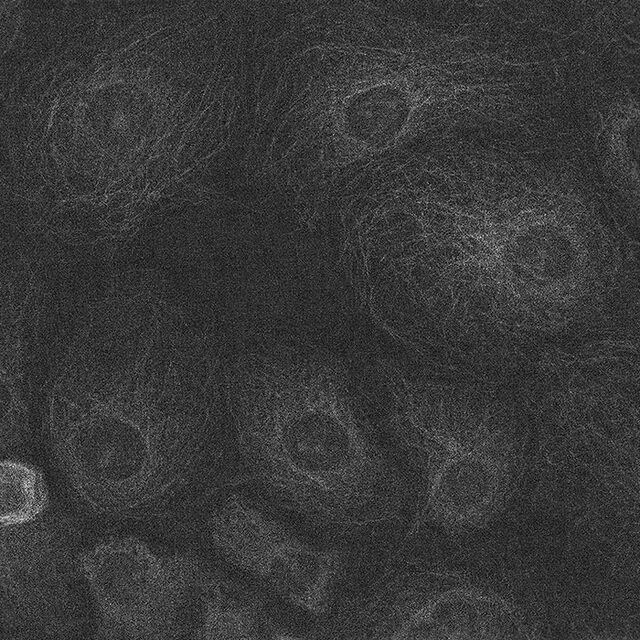
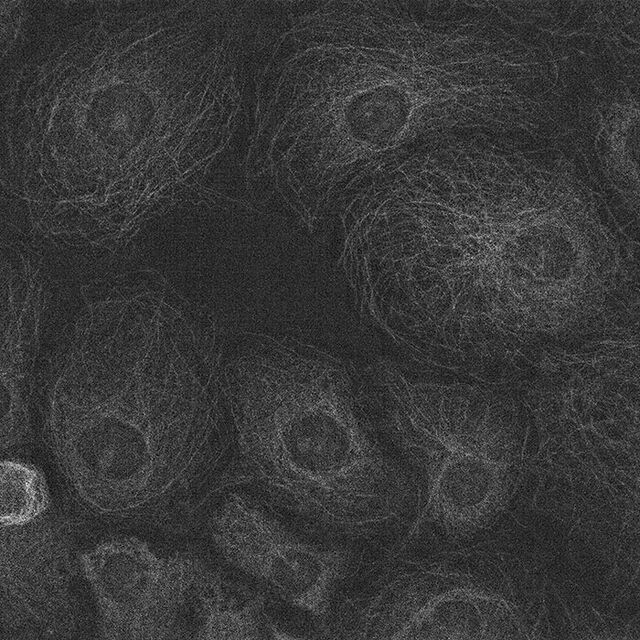
THUNDERed low signals to noise images of microtubules stained with Alexa 488 captured with an 80% QE sCMOS camera (left) and K8 (Right). The images were acquired using identical exposures and excitation settings. The image captured with K8 shows significantly more detail as information is lost in the noise floor of the less sensitive 80% QE camera.
Push the limits of your experiments
Take advantage of AI-enhanced clarity and accuracy enabled through the powerful combination of THUNDER and Aivia to analyze fluorescent images with greater accuracy, even when using low light excitation.
Leica offers a unique trilogy of technologies in the form of the K8 scientific CMOS microscope camera, THUNDER and Aivia that enables you to truly push the limits of your research while still extracting high quality quantifiable data from the images.
